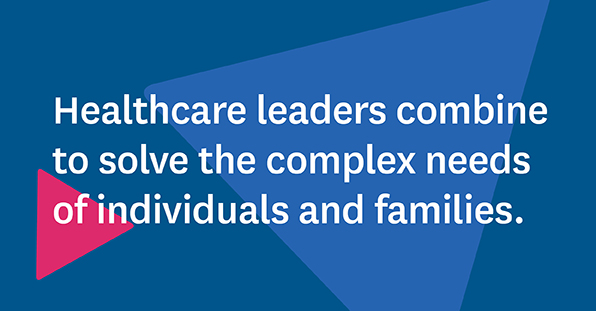2022-2023 Influenza Season – What’s In Store This Winter
Influenza (flu) season can be unpredictable. In the United States (US), flu activity typically begins in October and peaks between December and February, but activity can even continue into May. Australia recently finished their winter where they experienced the most severe flu season in five years, and the season started earlier than usual. Although flu forecasting is not perfect, the Southern Hemisphere serves as a barometer for what might happen in the Northern Hemisphere. In the US, flu activity is elevated across the country.
COVID-19, which is still circulating, is generally mild for children. During the pandemic flu was virtually non-existent. This can be partly attributed to mitigation measures such as handwashing, masking, distancing, as well as remote school, work, and limited travel. The flu hiatus also translates into less pre-existing immunity to influenza due to lack of exposure – from natural infection or vaccines – particularly notable in younger children who may have never been exposed to flu. Further, there is currently a surge in pediatric respiratory syncytial virus (RSV) cases and hospitalizations. Children and the elderly are among the populations at higher risk of influenza complications. With pre-pandemic activities resuming and school back in-person, flu is making a comeback this season.
According to the Center for Disease Control and Prevention (CDC)’s FluView (a weekly US influenza surveillance report), influenza-like illness (ILI) activity is elevated across the country. The CDC’s interactive map offers a visual picture of outpatient ILI activity in the US and links out to state-level information. Additional data such as hospitalization and mortality surveillance are also captured on the CDC’s site.
The best protection against the flu is prevention. The CDC recommends an annual flu vaccine for everyone ages ≥6 months old with rare exceptions. The ideal time for the flu shot is in September or October, and it can be offered throughout the season, as long as flu viruses are circulating. It takes about two weeks after vaccination to develop protection against the flu. New this year, all available flu vaccines in the US are quadrivalent, meaning they contain two influenza A and two influenza B virus antigens, thus designed to protect against four flu viruses. The dominant strain is currently influenza A (H3N2), which is especially tough on the elderly. Also new this year, is a preferential recommendation from the CDC Advisory Committee on Immunization Practices (ACIP) for high-dose, adjuvanted, or recombinant vaccine over other flu vaccines for adults ≥65 years old.
To find a flu vaccine provider, visit vaccines.gov. The flu and COVID-19 vaccines can be given at the same time. Prescription flu antiviral medications to treat flu are currently available. Remember, good hygiene and self care are critical in fighting the flu and a number of other viruses, so wash hands, cover your cough, rest, and stay home when sick.
As the flu continues to unfold this winter, prevention, awareness, and health literacy are key to being prepared.
Disclaimer: The content in this blog is not a substitute for professional medical advice. For questions regarding any medical condition or if you need medical advice, please contact your healthcare provider.
